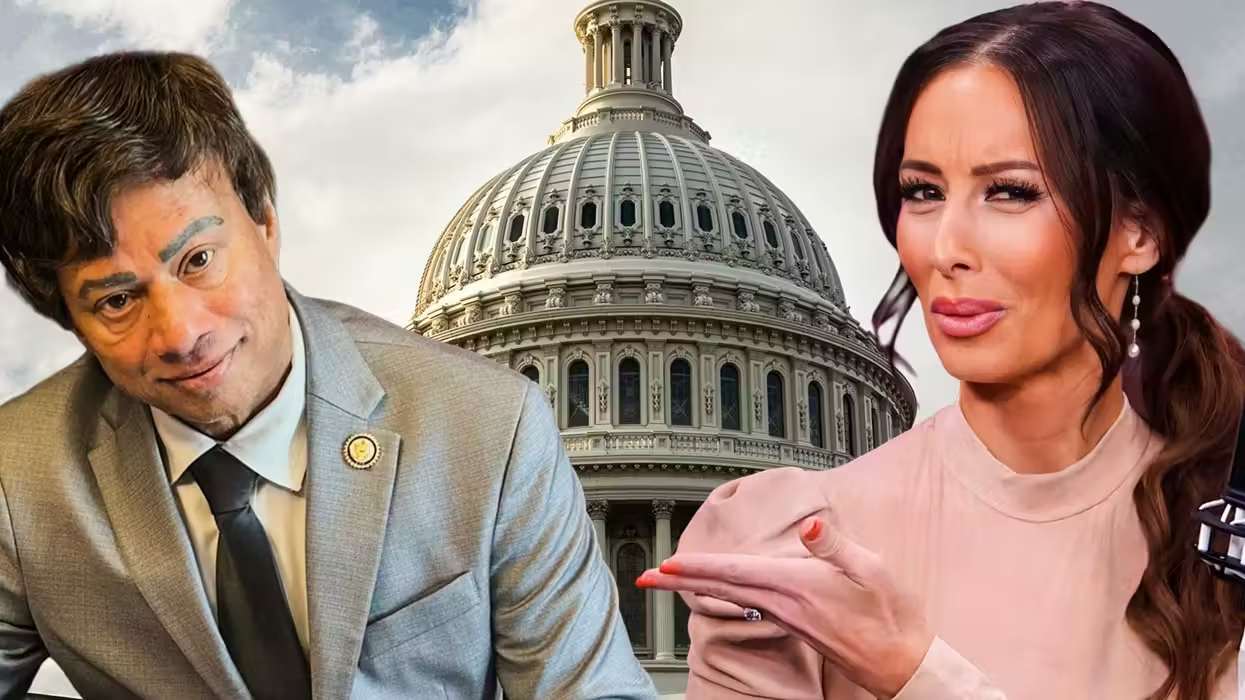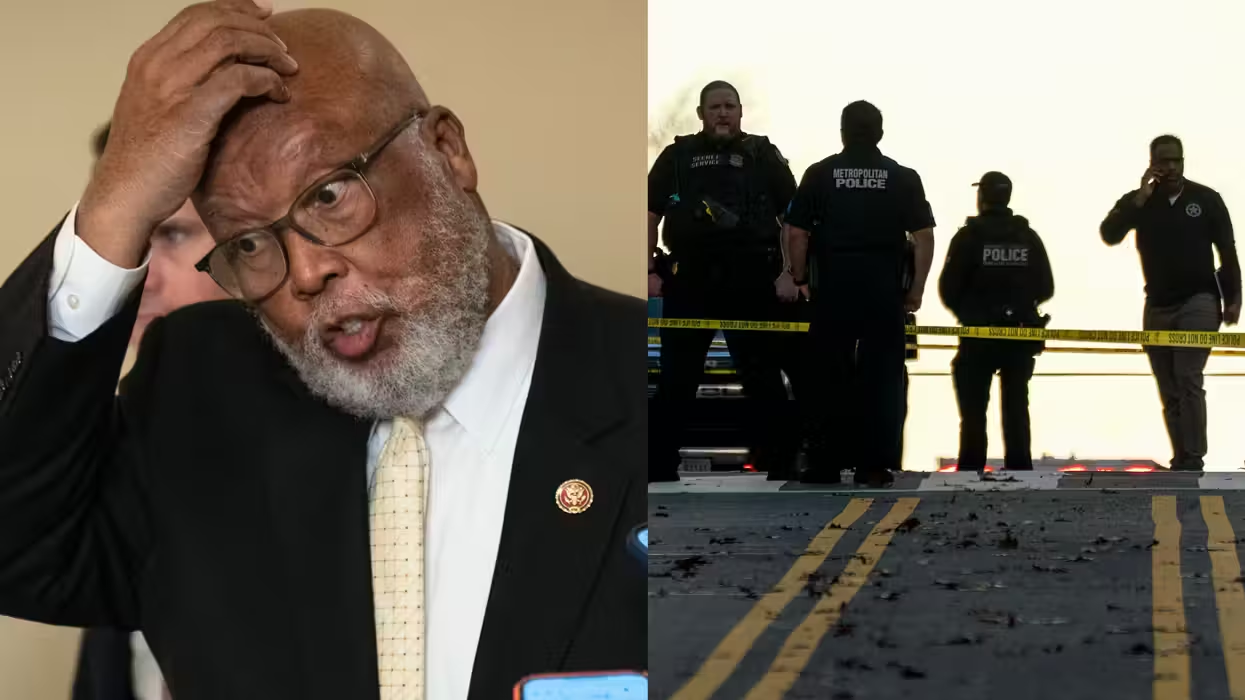© 2025 Blaze Media LLC. All rights reserved.
Obama's 'Equity, Human Dignity, Fairness, and Distributive Impacts' Exec. Order
January 19, 2011
"So did the president actually change anything?"
Yesterday, President Obama made news by penning an op-ed in the Wall Street Journal reportedly showing a new pro-business approach. The op-ed announced a new executive order that would root out “dumb” and “outdated” regulations that “stifle job creation and make our economy less competitive.” But what if the order was riddled with social justice language?
It is.
What many don't know, is that the order now allows agencies, in weighing costs and benefits for example, to consider "equity, human dignity, fairness and distributive impacts," and each agency must "select, in choosing among alternative regulatory approaches, those approaches that maximize net benefits (including potential economic, environmental, public health and safety, and other advantages; distributive impacts; and equity)." [Emphasis added]
Translation: Reexamine regulations and choose replacements that adhere to, as much as possible, social justice principles such as "distribution" and "equity."
That language, as well as other order as whole, raises doubts about what the order really is about. Wall Street Journal writer David Wessel asks some important questions after reading it:
So did the president actually change anything? Did he swipe a talking point from Republicans to show that he really does care about the economy? Or was this an admission that his appointees have spent the past two years making up for lost time, pushing so many rules that they may have hurt the economy?
The answer, according to Jacob Lew, the head of the White House Office of Management and Budget, is that the order isn't really groundbreaking -- it mostly reaffirms what the agencies already do.
"This is not a radical change in direction, but it is an important inflection point," he told the Journal. The president, he said, has formalized "a set of practices that are consistent with what we have been doing," making it "much more likely that things will go through the agencies reflecting that approach."
On top of that, Wessel writes, the order isn't as bold as it was sold:
Within 120 days, each agency is to devise "a preliminary plan...to periodically review its existing significant regulations" to see which should be "modified, streamlined, expanded, or repealed." That drew applause from business and regulatory skeptics.
But that's not anything new: Bill Clinton made a similar demand, Wessel says, in his version of Obama's executive order in 1993 -- an order that lasted six years until George W. Bush took office. And the order itself admits the Clinton order is its foundation:
This order is supplemental to and reaffirms the principles, structures, and definitions governing contemporary regulatory review that were established in Executive Order 12866 of September 30, 1993.
Then the final question is: if the order isn't that groundbreaking, and tucked away in it are references to "equity" and "fairness," what was the real point of signing it? Maybe fanfare? A precursor to a campaign stump speech? Something else?
"Watch what they do, not what they say," Wessel writes in relation to whether or not the order will actual produce action. But it may be better targeted at the order's "fairness" language.
Want to leave a tip?
We answer to you. Help keep our content free of advertisers and big tech censorship by leaving a tip today.
Want to join the conversation?
Already a subscriber?
Jonathon M. Seidl is a former managing editor of Blaze News and a best-selling author and speaker. His next book, “Confessions of a Christian Alcoholic,” will be released on October 7, 2025.
Jonathon M. Seidl
Jonathon M. Seidl is a former managing editor of Blaze News and a best-selling author and speaker. His next book, “Confessions of a Christian Alcoholic,” will be released on October 7, 2025.
more stories
Sign up for the Blaze newsletter
By signing up, you agree to our Privacy Policy and Terms of Use, and agree to receive content that may sometimes include advertisements. You may opt out at any time.
Related Content
© 2025 Blaze Media LLC. All rights reserved.
Get the stories that matter most delivered directly to your inbox.
By signing up, you agree to our Privacy Policy and Terms of Use, and agree to receive content that may sometimes include advertisements. You may opt out at any time.






